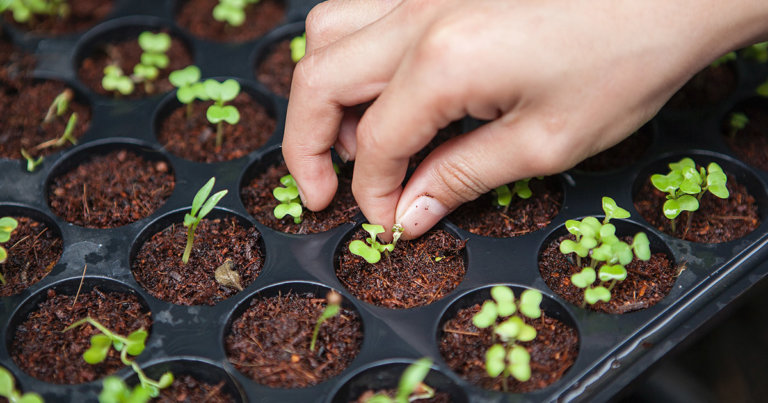 DeFi founder believes yield farming is a huge problem
DeFi founder believes yield farming is a huge problem 
Photo by Joshua Lanzarini on Unsplash
The rapid rise in popularity yield farming has seen in the past few months have led to many questioning its sustainability. Stani Kulechov, the founder and CEO of Aave, believes that the model could outlast the current bubble if the right kind of incentives were introduced.
He explained that applying the model seen in MakerDAO and Aave, where network participants are incentivized to secure the protocol, would result in a more stable yield farming network that would ultimately attract more users.
The growing problem of yield farming
With over $3 billion dollars currently locked in the decentralized finance ecosystem, the eyes of the crypto market are now all pointed to DeFi. One of the biggest drivers of the 200 percent growth last month has been yield farming, with its attractive returns and an easy onboarding process.
However, the bubble that’s been created around yield farming has led many to question the sustainability of such a model. With thousands of users pouring liquidity into a high-risk, extremely volatile protocols, the long-term effects on the global crypto market could be significant.
Stani Kulechov, the founder and CEO of DeFi lending protocol Aave, believes that while yield farming in itself is bad, the incentives it could bring to the table could make up for it.
In a Twitter thread earlier today, Kulechov said that yield farming essentially pays liquidity providers to risk their funds. This, he explained, is where things are going wrong in DeFi.
Currently, YFI APY returns are 331 percent for the Y-pool at Curve.finance. The interests will not remain in such ranges for a long time. The interests are primarily coming from the newly minted YFI tokens which account for 331% APY returns, the interest earned from the pool profit is only 4.77%.
However, all of this at the end of the day is indeed a giant stress-test which incentivizes people to invest hundreds of millions of dollars in smart-contracts, some of which are not even formally audited.
Those interested in passively earning interest on their bitcoins and other cryptocurrencies should stick to reputed centralized exchanges for now which are much safer.
Incentivizing users to de-risk their funds and secure the network
The current model, which incentivizes users to accept additional risk, ultimately makes the whole DeFi system less reliable—it’s not unlikely for a liquidity fund to get completely drained after a particularly strong market movement.
Instead, yield farming protocols should be more aligned with safety.
Kulechov said that there’s an abundance of decentralized protocols that prioritize keeping the network safe over returns—both Bitcoin and Ethereum incentivize securing the underlying network, MakerDAO incentivizes passively securing the protocol, while Aave incentivizes active protocol security.
“Instead of putting all incentives into yield farming basket, let’s focus first on Safety Farming and reward people who are making other people comfortable to use our DeFi products and services.”
This, he explained, is a batter way to bring more adoption and avoid destabilizing the DeFi sector.
Introducing such a model won’t be too hard, either. The majority of the people who would prioritize the safety of the protocol over outlandish returns would be more interested in using their voting power to maintain that health. “Yield chasers,” as Kulechov described them, are more likely to participate in a protocol’s governance when it comes to matters such as APYs.
One of the ways users could be incentivized to secure the network could be with non-fungible tokens (NFTs). While this is still mostly a concept, Kulechov noted that users could potentially use Aave’s crypto-collectibles platform Aavegotchi to save their returns and rewards.



 Farside Investors
Farside Investors 


 CoinGlass
CoinGlass 























































































